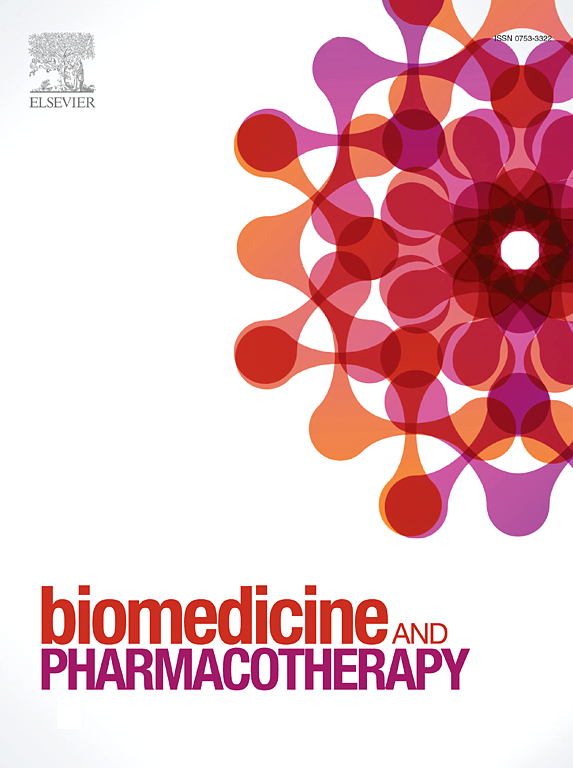蛋白质功能化纳米颗粒:药物递送中的新兴策略
IF 7.5
2区 医学
Q1 MEDICINE, RESEARCH & EXPERIMENTAL
引用次数: 0
摘要
不断发展的蛋白质功能化纳米粒子似乎是医学的未来,正如2022年诺贝尔奖对“点击化学”的发展所证明的那样。这种方法为开发蛋白质功能化纳米颗粒的策略提供了巨大的可能性。我们通过探索成像、诊断、癌症治疗和药物输送方面的最新进展、方法和应用来仔细研究这一领域。该研究包括对各种功能化策略的全面回顾,包括原位表面改性,后合成技术,以及新兴的点击化学共价和非共价偶联方法。此外,我们的回顾涉及到主动靶向摄取的重要性。尽管在实施所讨论的解决办法时遇到各种障碍,但pfnp的灵活性和适应性为许多医疗领域带来了令人鼓舞的前景。本文总结了近年来蛋白质功能化纳米颗粒的研究进展,并对其应用前景进行了展望。本文章由计算机程序翻译,如有差异,请以英文原文为准。
Protein-functionalized nanoparticles: Emerging strategies in drug delivery
The constantly developing field of protein-functionalized nanoparticles seems to be the future of medicine, as was proved by the Nobel Prize in 2022 for the development of “click chemistry”. This method offers enormous possibilities for developing strategies for functionalizing nanoparticles with proteins. We scrutinize this field by exploring the latest advancements, methodologies, and applications in imaging, diagnostics, cancer treatment, and drug delivery. The research involves a comprehensive review of diverse strategies for functionalization, including in situ surface modification, post-synthesis techniques, and emerging click chemistry covalent and non-covalent coupling methods. Additionally, our review involves the importance of active targeting uptake. The flexibility and adaptability of PFNPs present encouraging prospects for numerous medical domains, notwithstanding the various obstacles encountered in implementing the solutions discussed. Our review highlights the need for further development to increase the universal applications of protein-functionalized nanoparticles while summarizing the remarkable advancements in this field.
求助全文
通过发布文献求助,成功后即可免费获取论文全文。
去求助
来源期刊
CiteScore
11.90
自引率
2.70%
发文量
1621
审稿时长
48 days
期刊介绍:
Biomedicine & Pharmacotherapy stands as a multidisciplinary journal, presenting a spectrum of original research reports, reviews, and communications in the realms of clinical and basic medicine, as well as pharmacology. The journal spans various fields, including Cancer, Nutriceutics, Neurodegenerative, Cardiac, and Infectious Diseases.

 求助内容:
求助内容: 应助结果提醒方式:
应助结果提醒方式:


